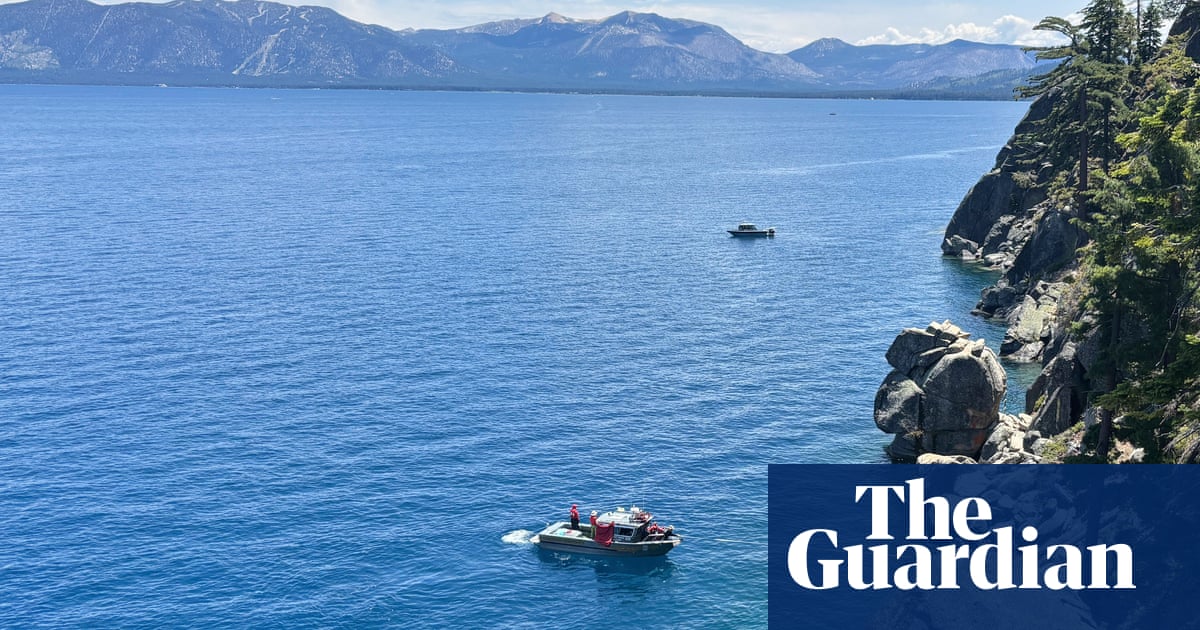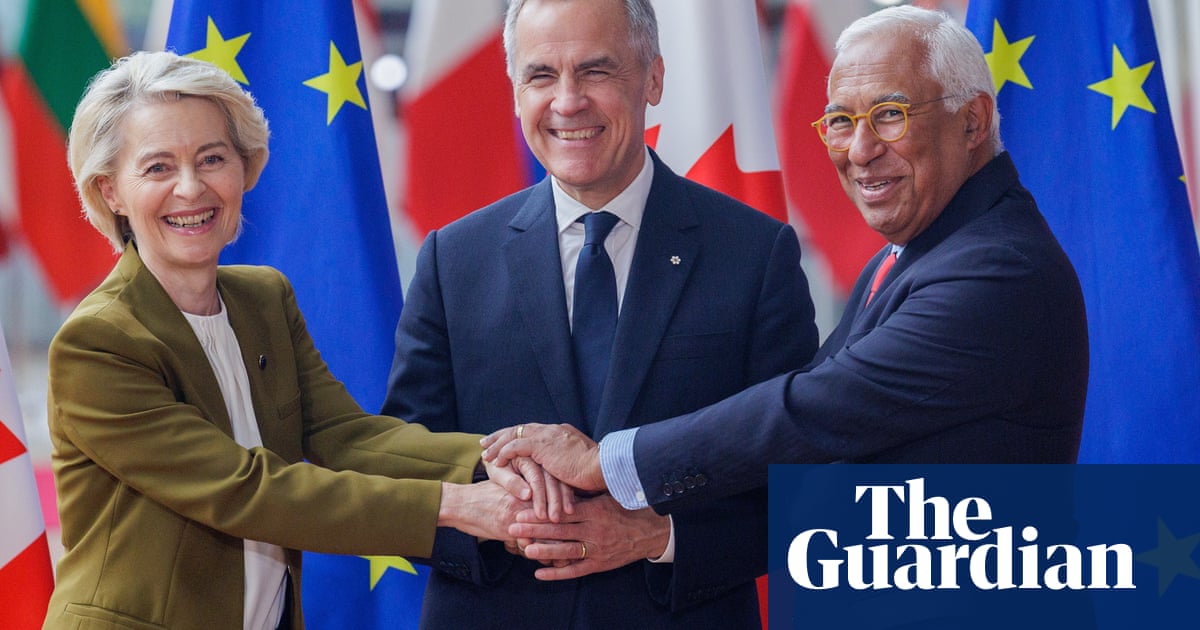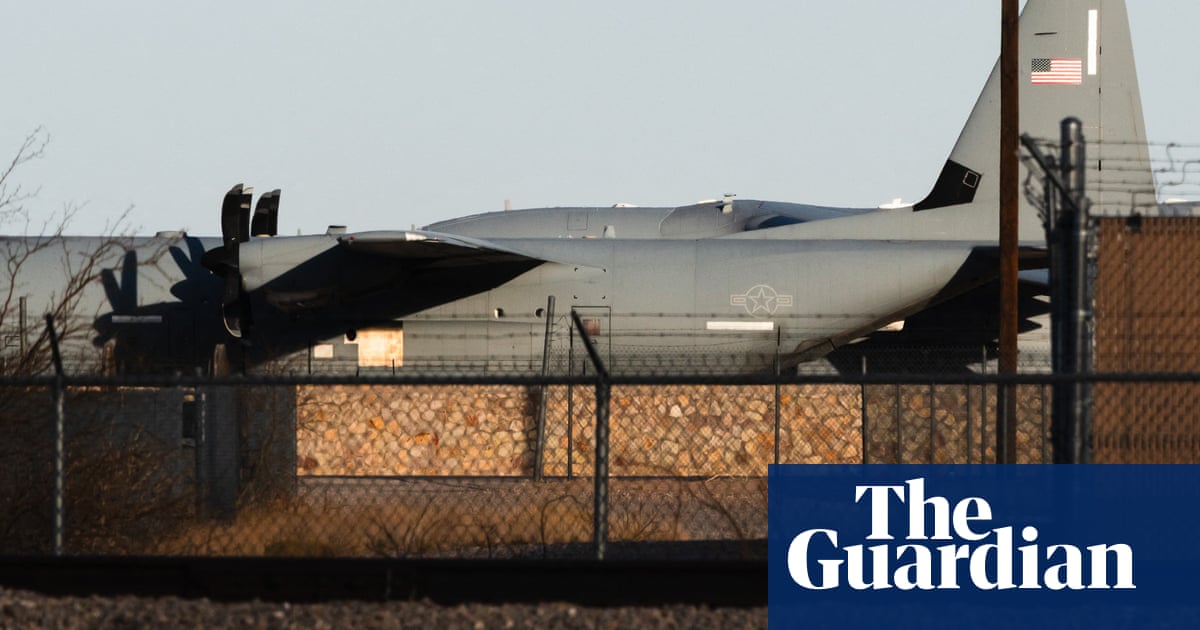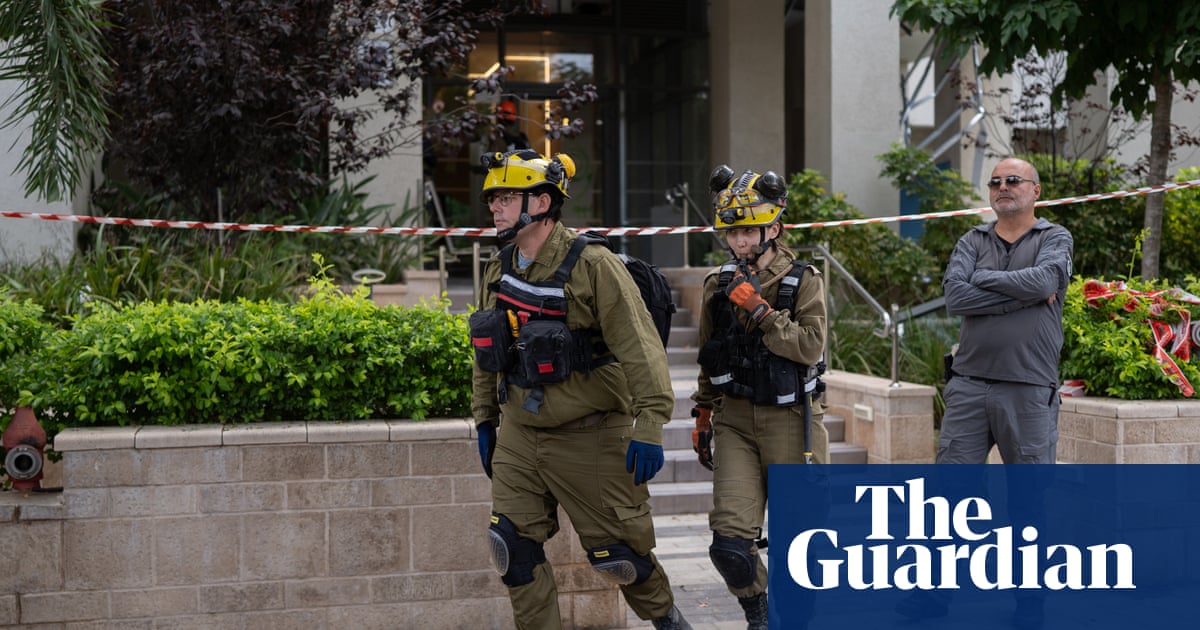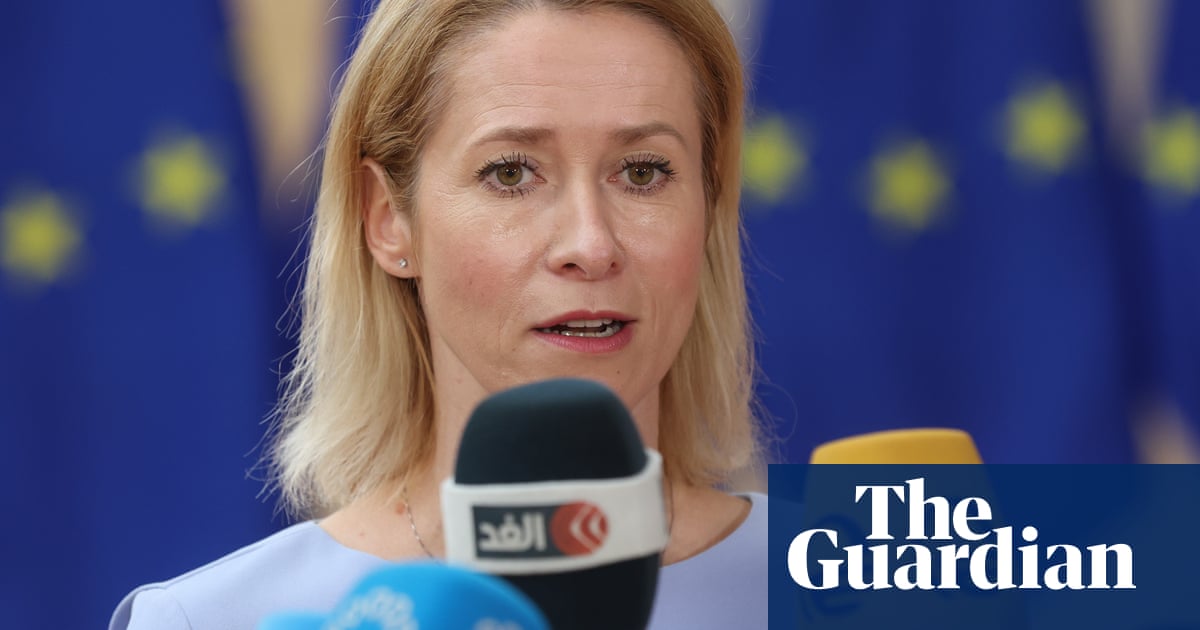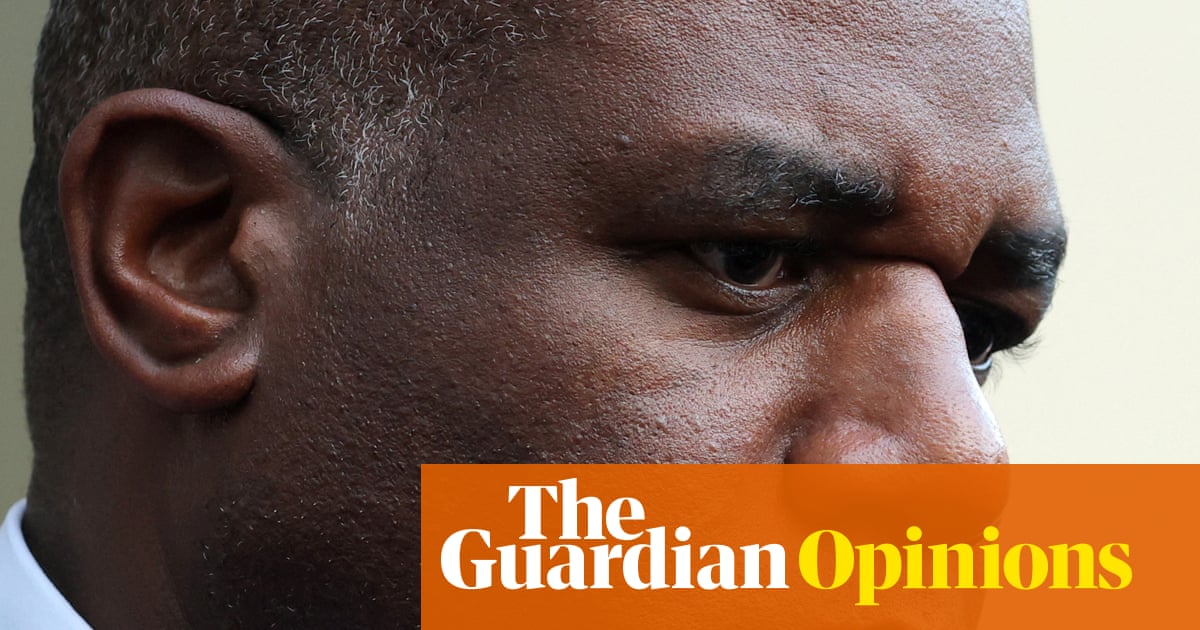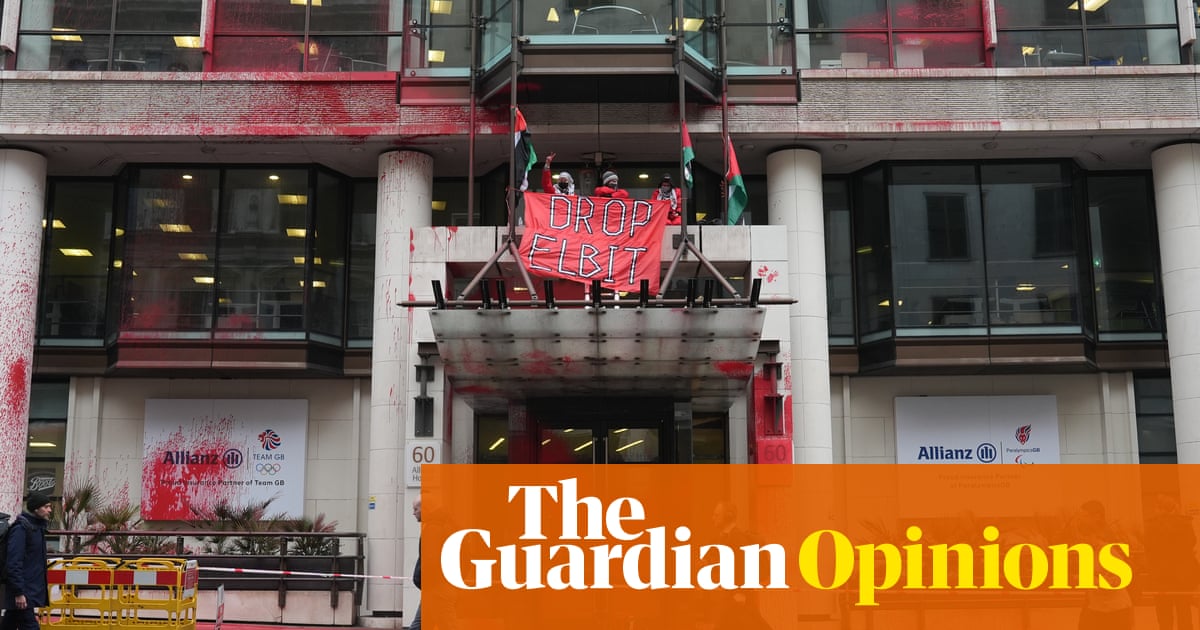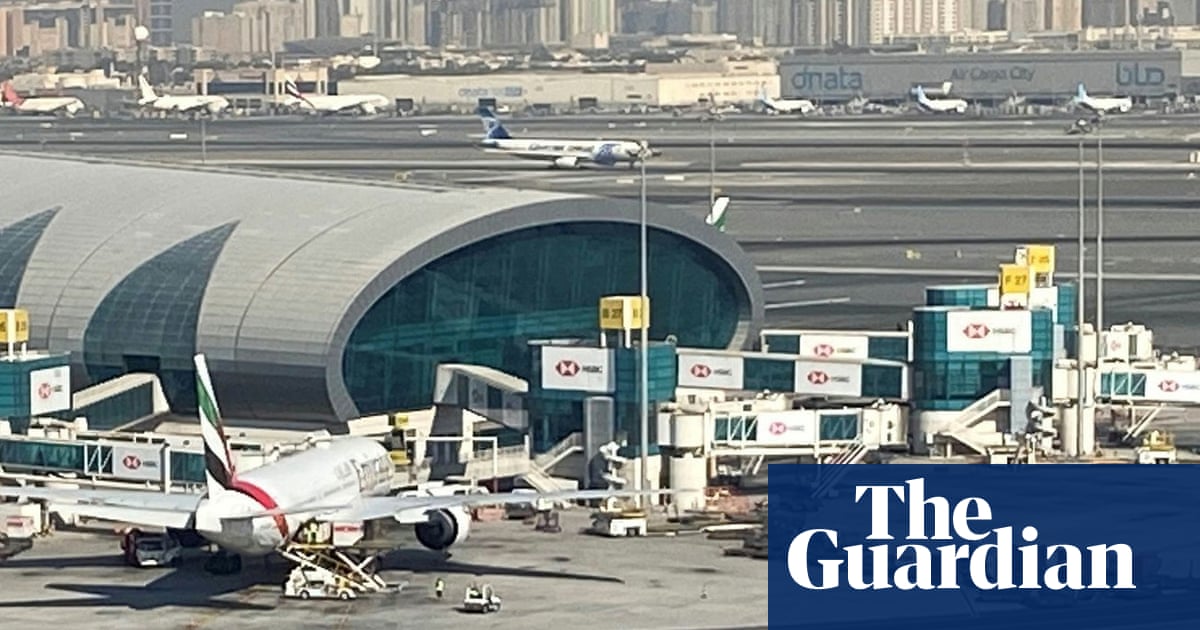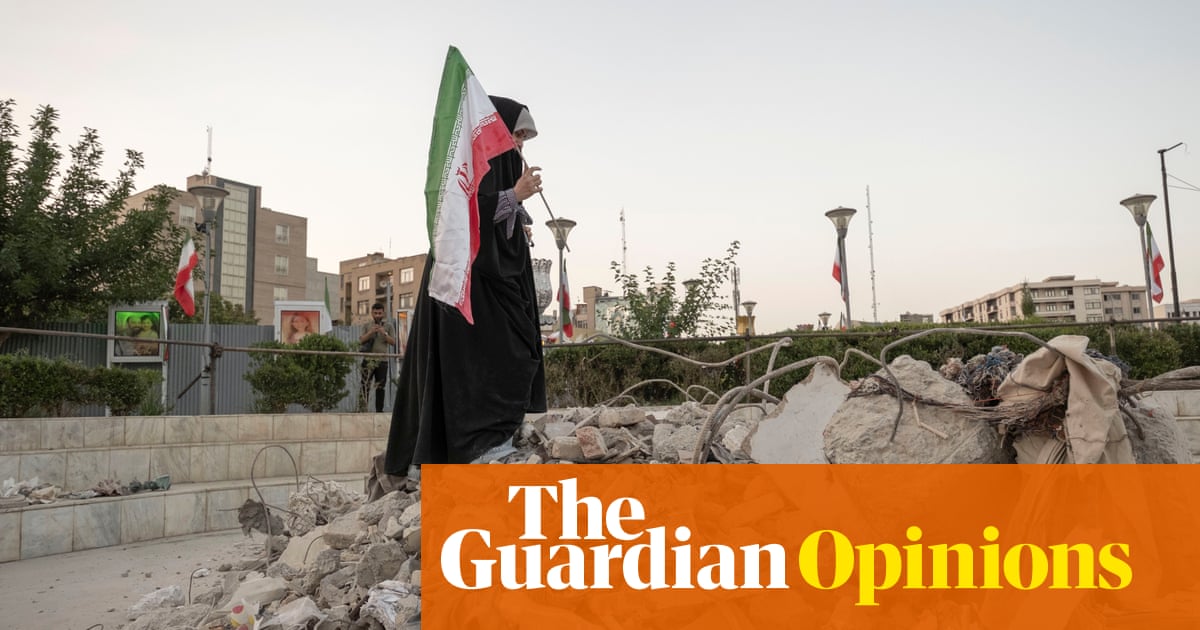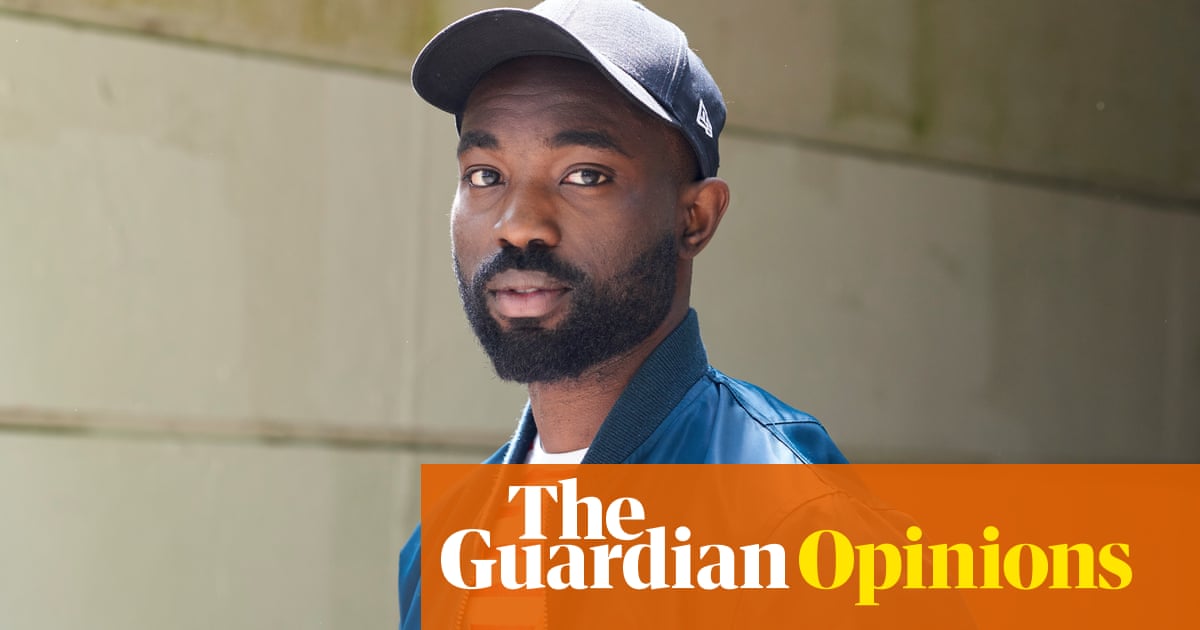Thirty minutes away from the hustle and bustle of downtown Atlanta, the land becomes greener, the trees are taller and builders are working in the intense Georgia sun to ensure US Soccer’s new National Training Center is ready for action in time for the men’s World Cup next year.
It is an enormous site, spanning more than 200 acres in Trilith, Fayette County, and the hope is it will be the best training facility in the world when it opens. Funding has partly come from Arthur M Blank, who owns three sports teams in Atlanta, and executives are confident everything is on schedule for the doors to open in April.
Those driving the project, which is expected to cost up to $250m, see it as a gamechanger for football in the US. They have travelled to Europe to observe other training centres and find out what works best. It helps that Matt Crocker, the technical director, previously worked at the Football Association. St George’s Park, home to England’s various national teams, is an obvious inspiration. Other sites visited by executives include Tottenham and Manchester City’s training grounds, Clairefontaine in France, the US Tennis Association and Olympics and Paralympics training venues.
“I think it will be the gold standard,” says David Wright, US Soccer’s chief commercial officer. “It will combine sporting and non-sporting all in one facility. A lot of times it’s either one or the other, but to have everything consolidated to one location is also a unique point of difference for us.”
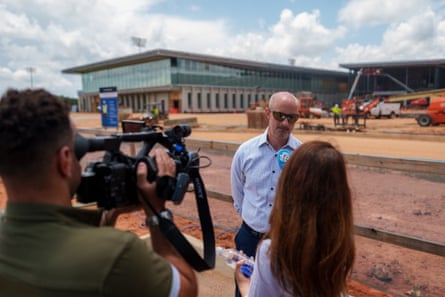
Cindy Parlow Cone, the federation’s president, has made building the NTC one of the defining features of her tenure. Much is made of having a single central hub for the country’s 27 national teams. It is less than ideal that the federation currently has to arrange a different location during every international break. “Right now we have 27 national teams,” Chelle Alexander, US soccer’s chief financial officer, says. “Every time we have a camp for any of our national teams we have to go out, we have to source fields, hotels, transportation. We ship our equipment all over the United States – and internationally. Now we’re all underneath one location. It’ll provide consistency, so our teams know they’re coming here. We’ll be able to host multiple teams at one time as well.”
The facility is a building site at the moment – health and safety regulations means proper tours are currently out of the question – but in the end there will be two beach courts, one futsal pitch, 13 grass pitches and three artificial pitches. Indoor facilities and plenty of locker rooms are other features. A lot of time and effort is going into making sure the grass is of the highest standard. The one surprise is there is no plan for accommodation facilities. There is also talk of developing players, coaches and referees.
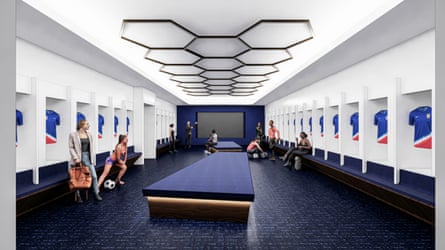
The project has an aspirational aspect. There is excitement at youth players being able to mingle with members of the senior squad in the canteen. It is about building connections; about ensuring pathways remain open for development squads. “You’ve got youth fields set below the senior national team field,” Wright said. “You could be a youth player who has aspirations to play for the senior national team and you’re looking up saying: ‘I want to get there one day.’ That’s a great example of the attention to detail we serve as an inspiration.
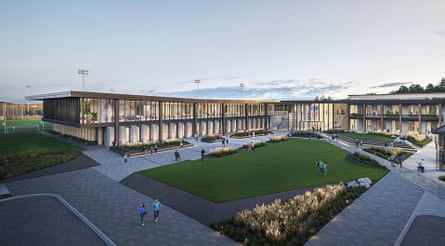
“I also think it’s going to be a heartbeat for the sport. We’ve got our national teams, but we also make them think about coaching education, referee certification. You’ll start to see this really become the hub and go to for all things soccer.”
Atlanta is the self-styled epicentre of football in the States. Atlanta United, who play in the striking Mercedes-Benz Stadium, averaged crowds close to 45,000 for their Major League Soccer fixtures last season. Having the NTC nearby makes sense. “We did a very comprehensive study that looked at over a thousand markets throughout the country,” Wright says. “But when you factor in the climate, proximity to Europe for ease of player transportation, corporate support and a host of other factors it became pretty clear that Atlanta made sense.”
Alexander points out that the NTC will help the local economy. Hundreds of staff are relocating from the federation’s offices in Chicago and no one is complaining that the grand opening will come just before the World Cup. “I think it should come as no surprise,” Wright says. “The timing is perfect. There’s this crescendo behind this work.
“Clearly there’s some connectivity there. But I think it’s more from a macro perspective. We think about where the sport’s going and this is just one of many indicators of the growth of the game.”

 7 hours ago
3
7 hours ago
3


